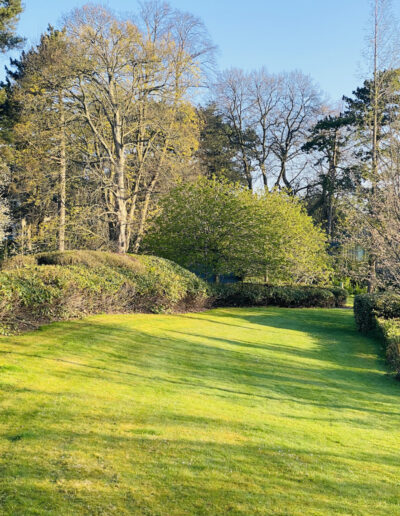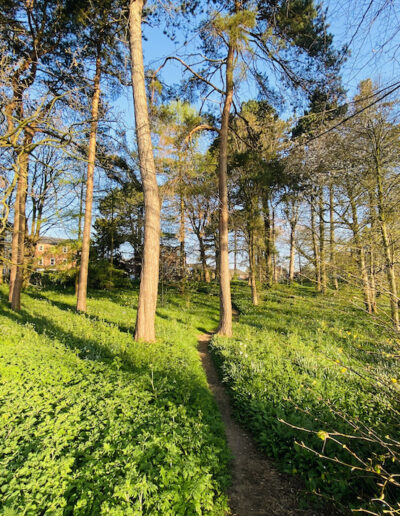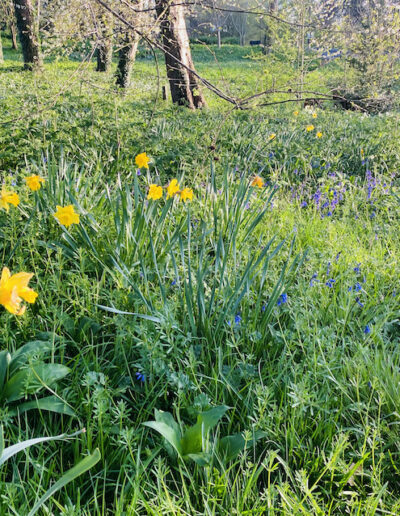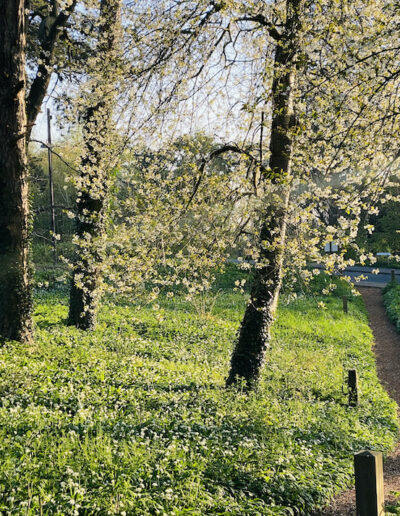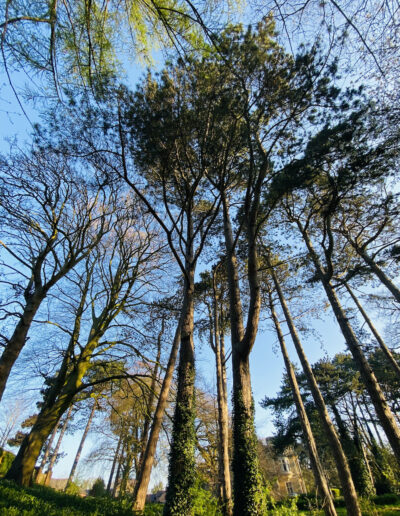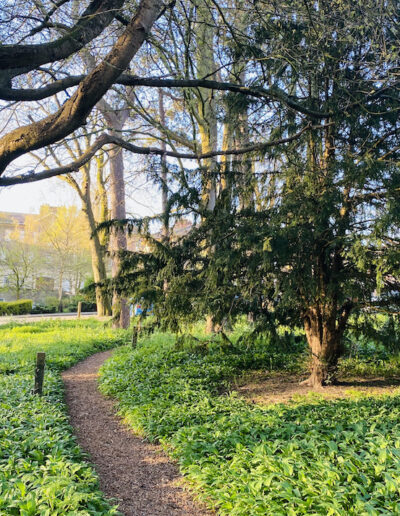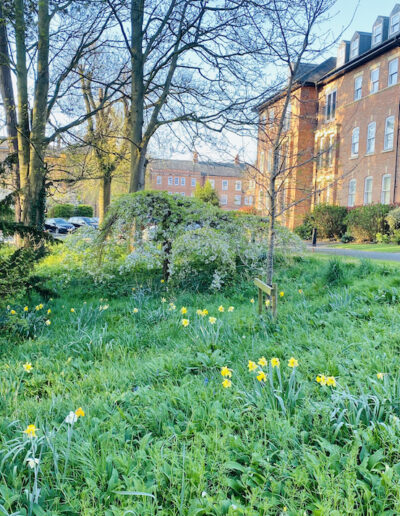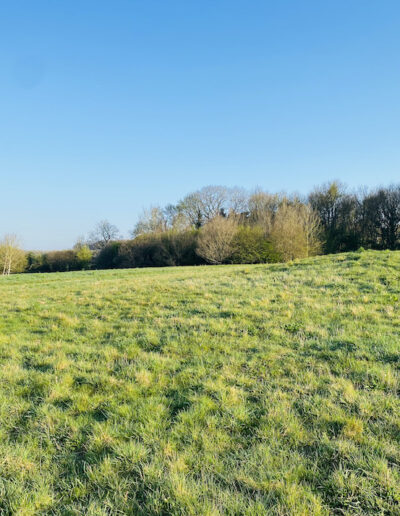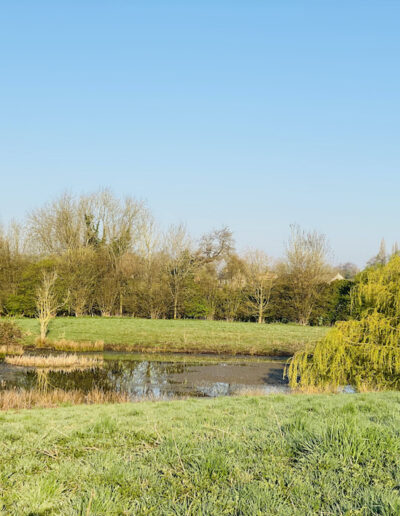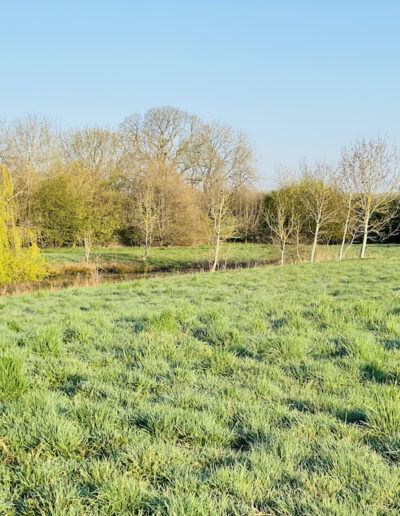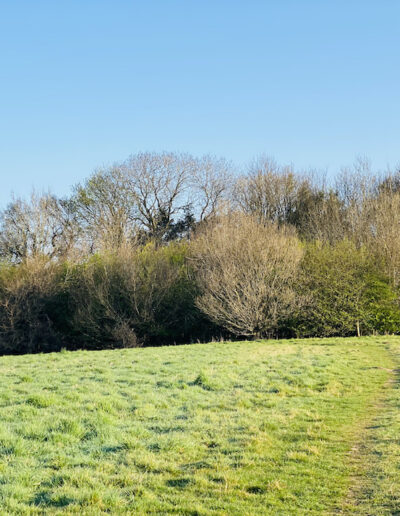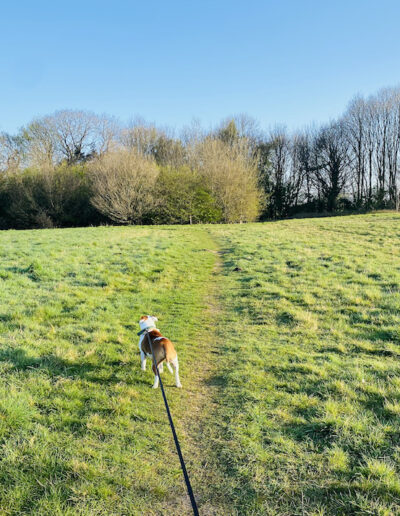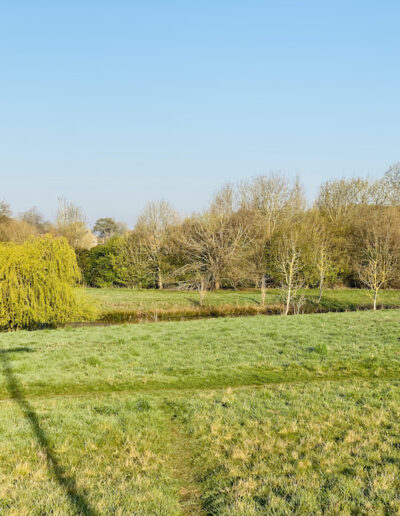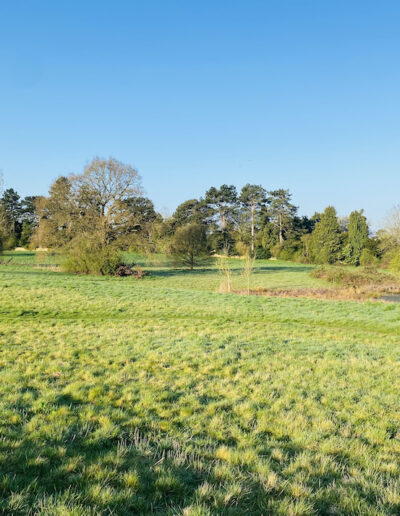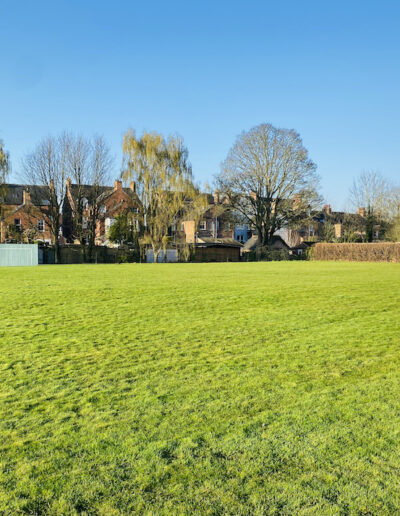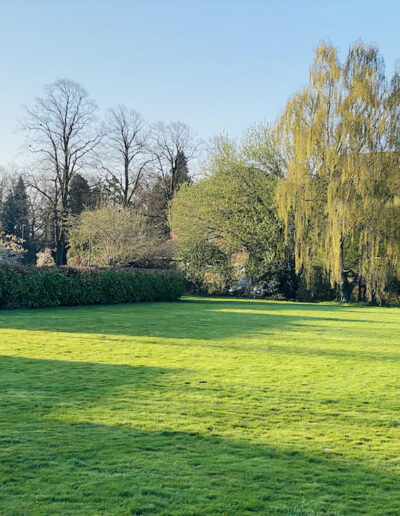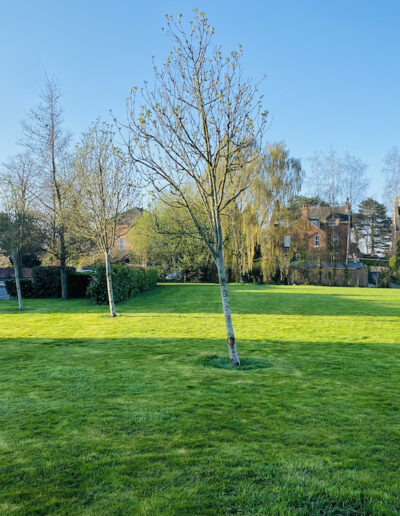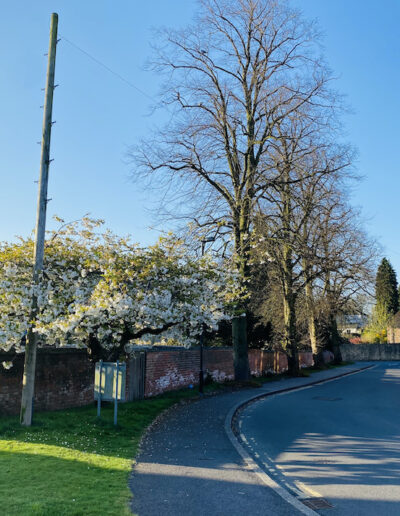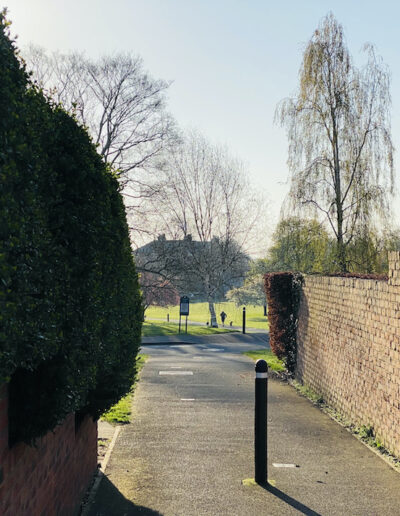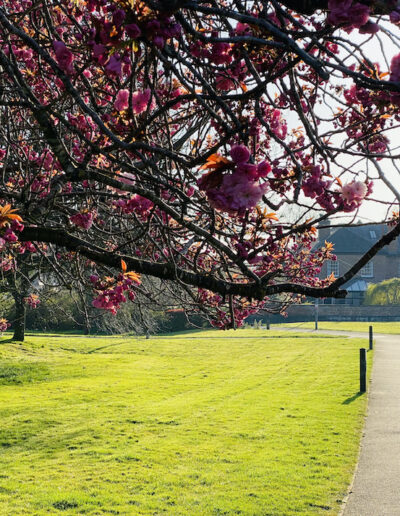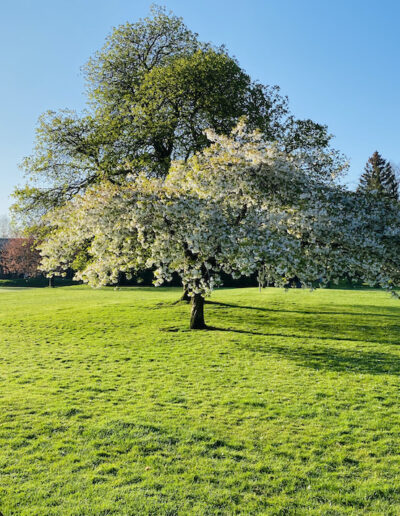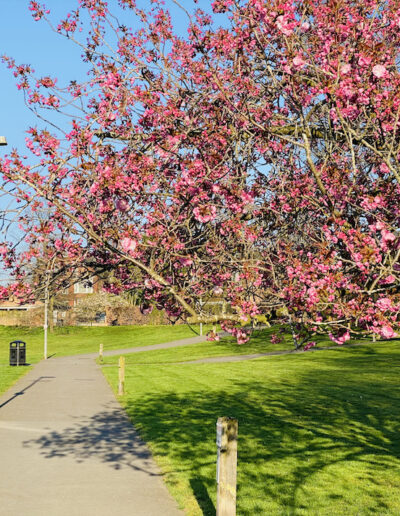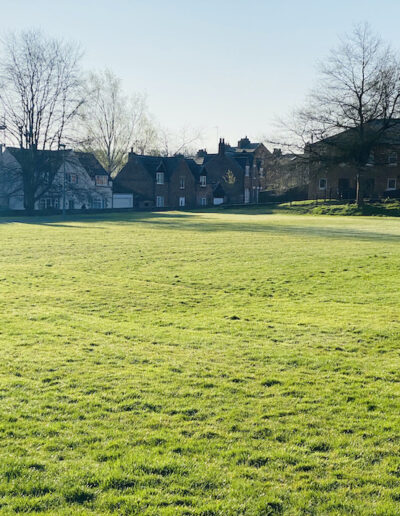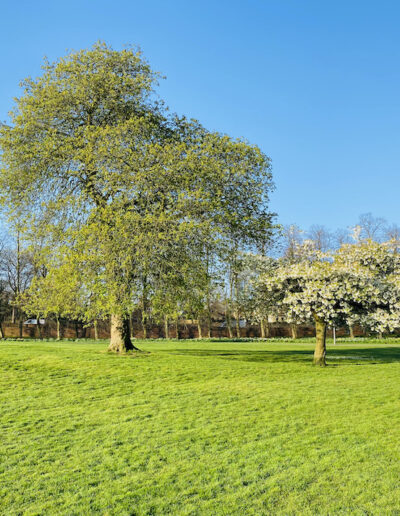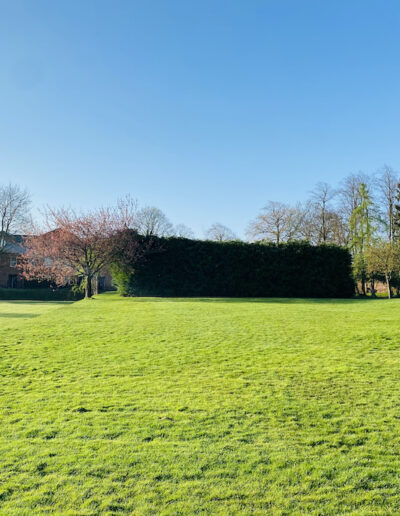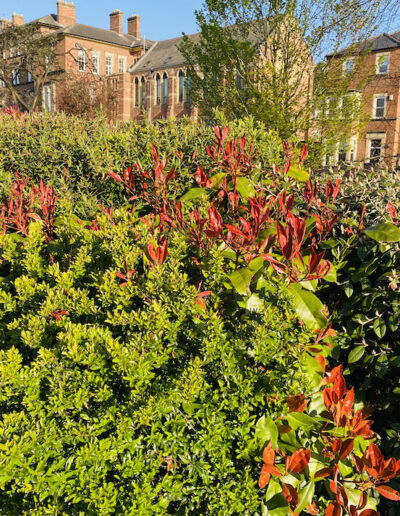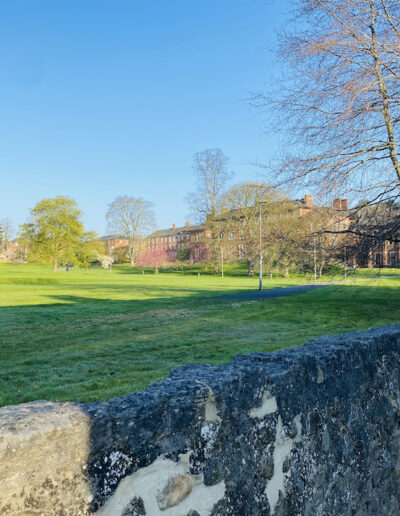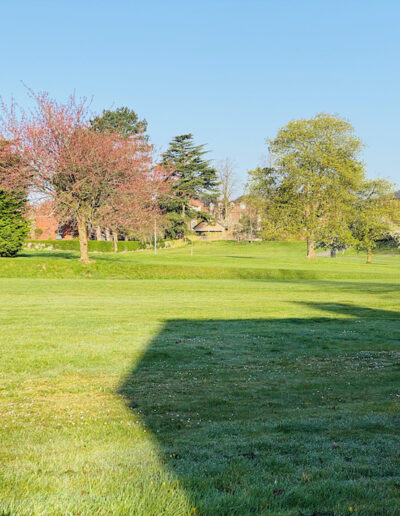Environment
A Jewel of biodiversity on our doorstep
On a daily basis, many of us enjoy the recreation and joy afforded to us by the field which surrounds the sink hole pond lying immediately to the west of our all weather sports pitches.
It is known as the Newt Field for reasons that will become obvious! As well as offering us sensitive use of its maturely hedged and woodland fringed grassland it also supports a network of prescriptive pedestrian thoroughfares connecting with other walking routes, bridleways and places of beauty and hidden gems.
The field and the sports pitches all form part of a number of common areas held on our behalf by Persimmon Homes and managed by our College Lawns Estate Management directors.
How many of us are aware of the field’s rich biodiversity and the essential role it plays in providing habitat, cover, foraging and breeding grounds for so many important and endangered species of wildlife?
Ecological Survey
In 2018 an Ecological survey was conducted of the area as a planning requisite in seeking permission to develop the field off Springfield Close to the north of the pitches. Harrogate Borough Council recently approved this development proposal.
DNA analysis of the pond water proved definitively that the area supports a significant population of endangered Great Crested Newts.
These shy orange underbellied animals, which are strictly protected in law*, can forage up to 500 metres away from their breeding pond and live out most of their lives out of water. They have been reported by a number of our estate residents wandering in or around their gardens.
Please be very careful if coming across these unique creatures as it is an offence to deliberately injure, kill, capture or disturb them at any stage in their life cycle.
The ‘Eco’ report also recorded two varieties of bats, owls, weasels, badgers, hedgehogs and waterfowl including snipe, heron, coot and waterhen (and the occasional swan!).
Our bats usually forage the woodland edges and hedgerows but are recorded to be particularly active when the sports pitch lighting is switched on as the lights attract moths and other airborne prey.
We are privileged to have this jewel of biodiversity on our doorstep so we need to be respectful and supportive of its wildlife inhabitants and ensure it is protected for future generations.
* Conservation of Habitat & Species Regulations, 2017
Wildlife & Countryside Act, 1981
Natural Environment & Rural Communities Act, 2006
Countryside & Rights of Way Act, 2000
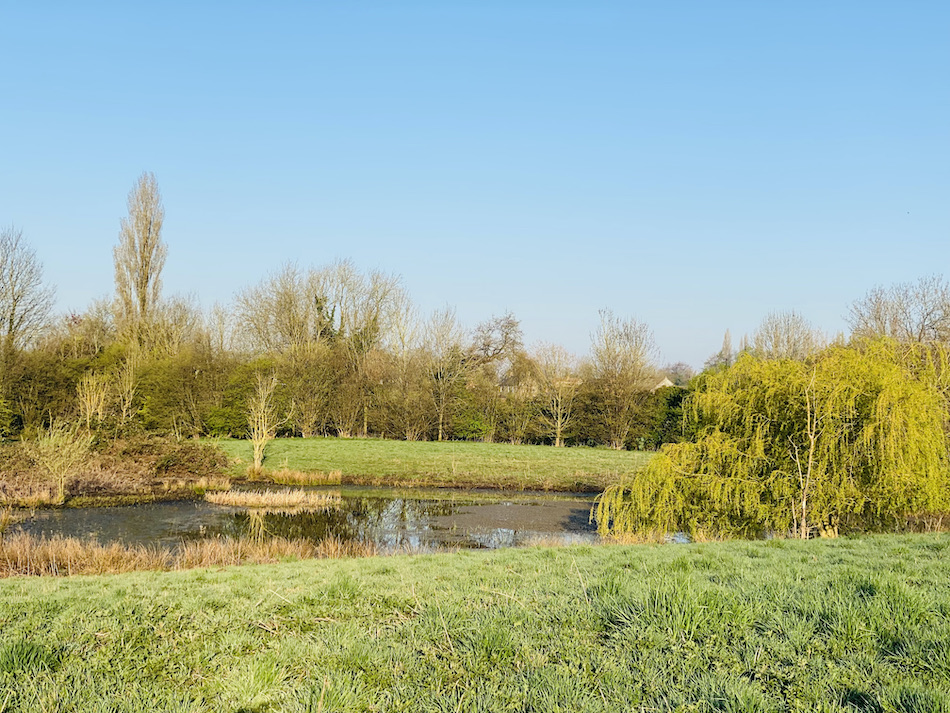
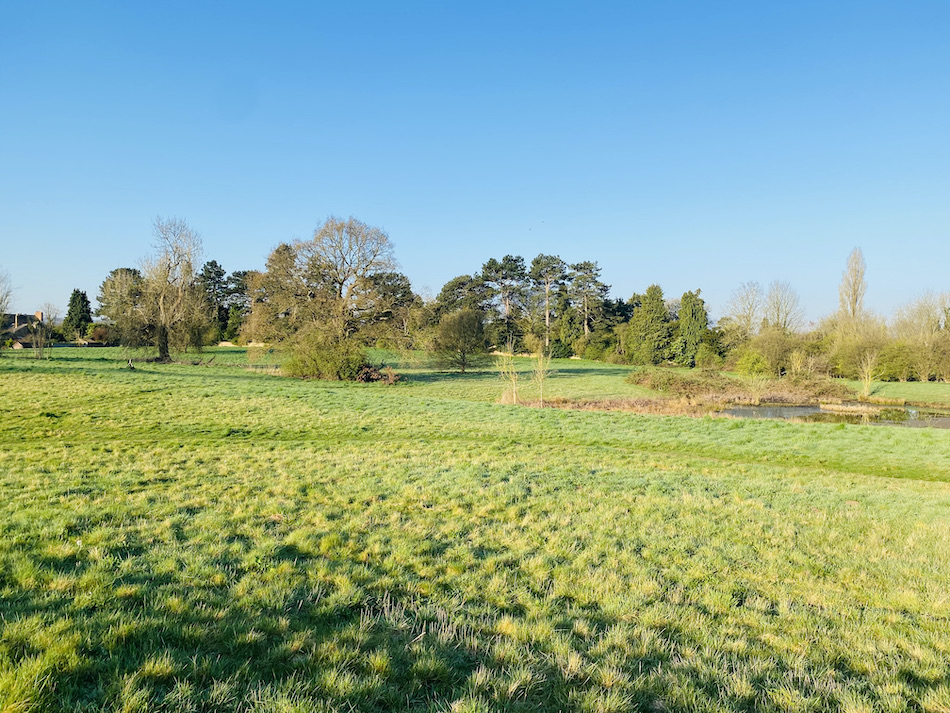
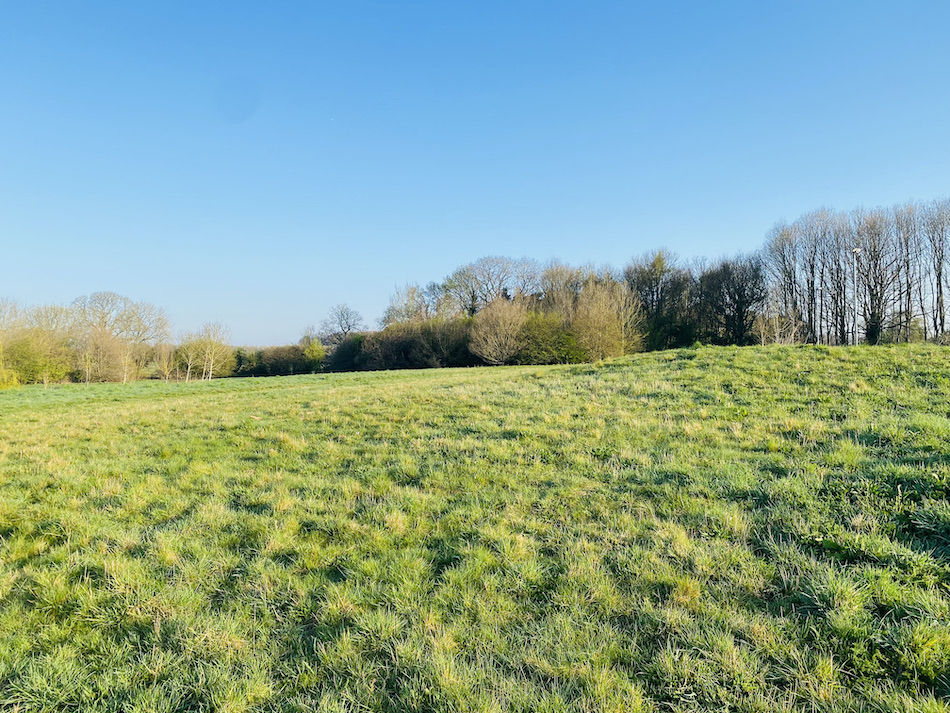
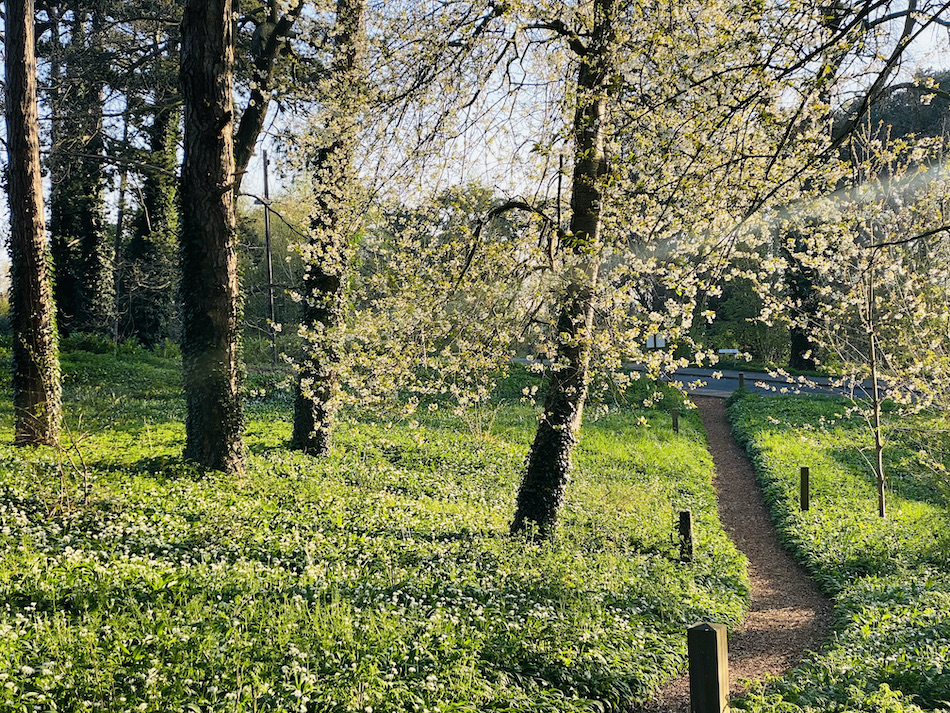
A Haven of Biodiversity in the Newt Field
The Board invited Colin Slator who set up High Batts Nature Reserve and Little Studley Meadow reserve at the bottom of Spring Bank Road to look at the land around the newt pond. The aim is to produce a biodiversity enhancement plan that includes the adoption of appropriate management practices to enable CLEMCO members to maximise the social benefits from the land, while maintaining or enhancing the ecological support of existing or introduced wildlife.
The charity “Men in Sheds” would like to be involved in the construction of the necessary hardware. The Board has also contacted the local primary schools with the idea of utilising the area as part of their curriculum for increasing awareness of the environment.
The Board is thinking of preparing a “Five Year Plan” for developing this area and is forming a subcommittee to take this forward.
If you would like to be part of this development, please send your details to enquiries@collegelawns.co.uk. There is no minimum age, so children with their parents or guardians are especially encouraged to join.

